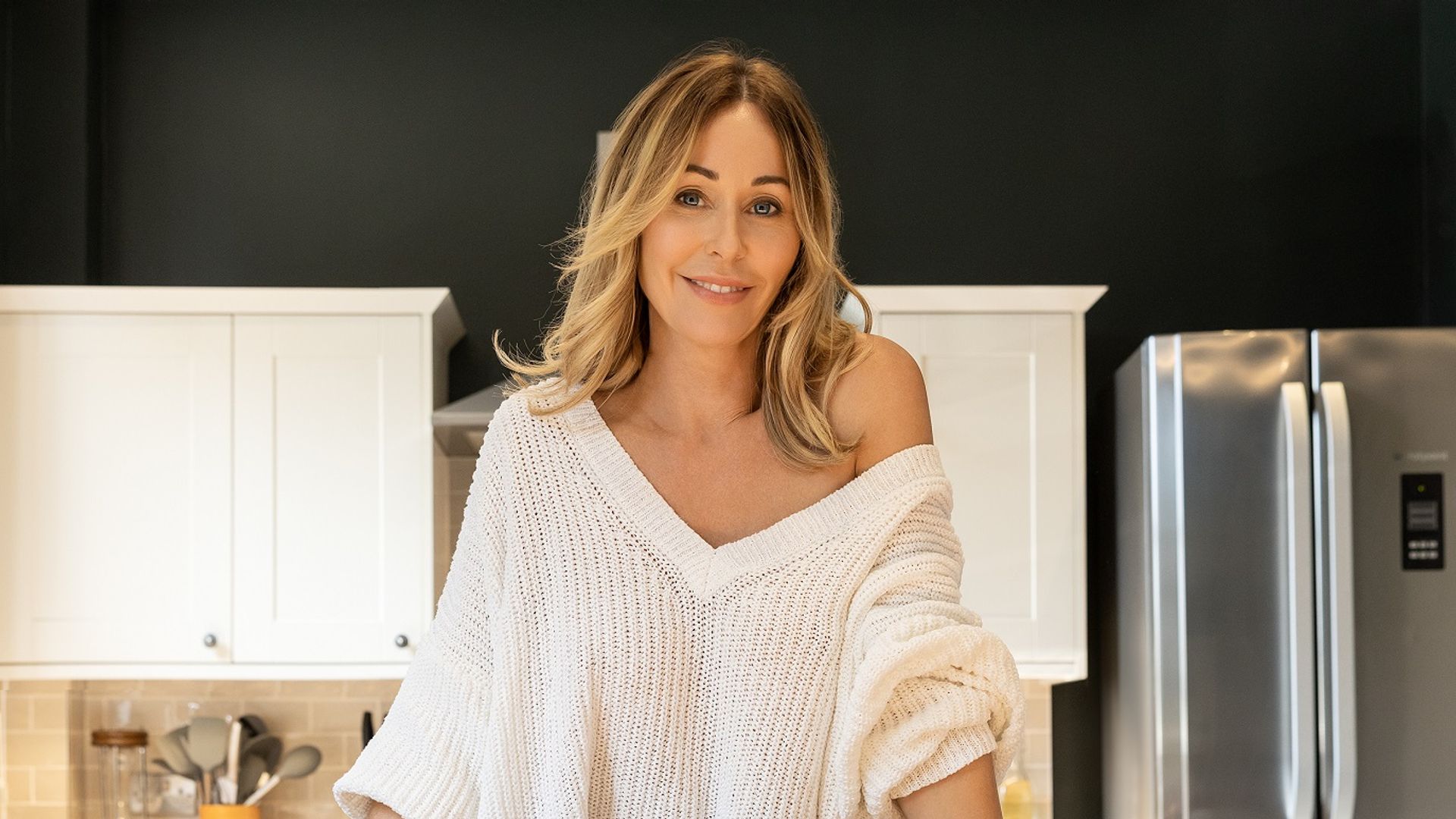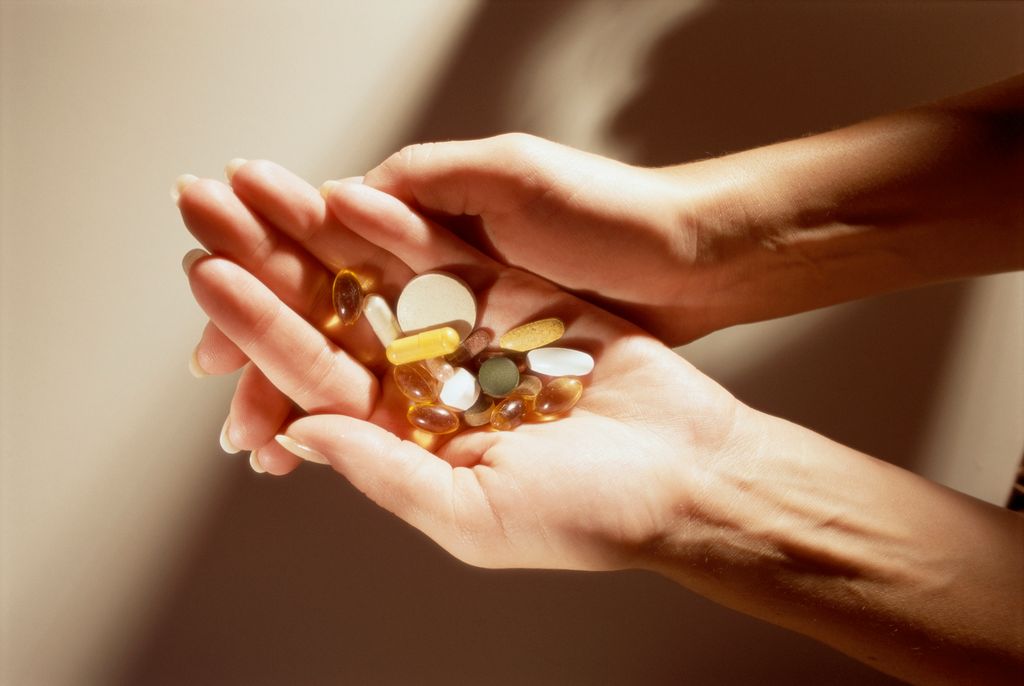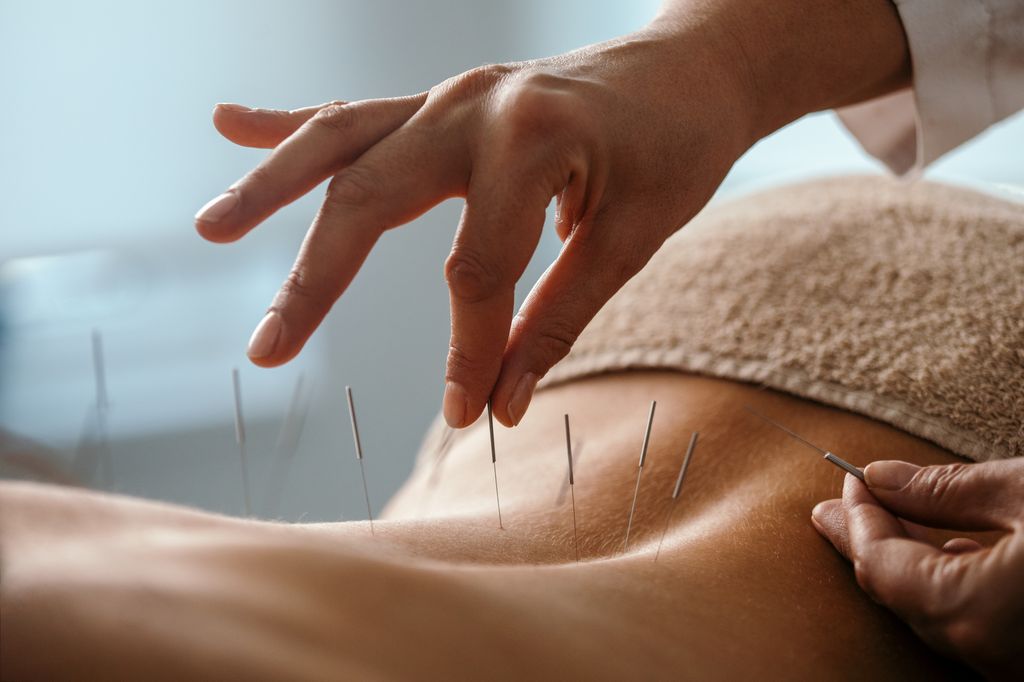Endometriosis has woven its way through my life for two decades, leaving a trail of pain and uncertainty in its wake. Yet, amidst the challenges and setbacks, I've discovered a reservoir of resilience and a toolkit of remedies that have transformed my journey from one of despair to one of empowerment.
Here, I share my insights and experiences, explaining the endometriosis remedies that have worked wonders for me.
My endometriosis journey: a chronicle of resilience
For twenty years, endometriosis has been a steadfast companion on my journey, a relentless adversary that has tested my resolve and challenged my spirit.
From the initial diagnosis to the countless treatments and interventions that followed, I've traversed a landscape fraught with pain, uncertainty and frustration. Yet, through it all, I've emerged stronger and more determined than ever to reclaim control over my health and wellbeing.
Over the years I had various removals, laparoscopies, biopsies of the digestive tract, as well as treatment on my bladder.
When I was 19, my mum took me to the doctor to explain I felt pain during intercourse and the doctor at the time shrugged it off and put me on the Depo-Provera injection as I was having heavy painful bleeds from an early age. Looking back now I believe this was the start of my endo journey.
RELATED: My endometriosis was so bad I couldn't function – here's what helped
What worked for treating endometriosis
In my quest for relief from the relentless grip of endometriosis, I've encountered a myriad of remedies that have offered respite and reprieve.
1. Nutrition
Chief among these is the power of nutrition – a potent ally in the battle against inflammation and pain. By embracing a diet rich in whole, unprocessed foods, I've nourished my body from within, fuelling it with the nutrients it needs to thrive.
Fresh fruits and vegetables, lean proteins and wholesome grains have become the cornerstones of my nourishment, while processed foods and fatty indulgences have been relegated to the periphery.
MORE FROM SIMONE: Happy gut, happy mind: how your gut health impacts your mood
2. Lifestyle changes
But it's not just about what I eat – it's also about how I live. Regular exercise, stress management techniques and adequate sleep have become non-negotiable aspects of my daily routine, helping to alleviate symptoms and promote overall well-being.
3. Natural remedies
I've explored the healing potential of natural remedies and supplements, harnessing the therapeutic properties of herbs and botanicals to support my body's innate healing mechanisms.
I rely on black cohosh and chasteberry to reduce and target pain associated with endometriosis. I add magnesium along with calcium into my food and I recommend this to any woman if your menstrual cramps are especially painful, as these two nutrients lower the production of prostaglandins that trigger cramps.
MORE FROM SIMONE: I struggled with perimenopause for 2 years – here's what helped
Wild yam may also be helpful as it helps relax the uterus, and lipotropics (substances that regulate fat use in the body) promote the elimination of excess oestrogen from the liver.
Furthermore, supplements such as vitamin E, primrose oil or flaxseed oil support the healing of inflamed tissue. Taking these supplements during your menstrual cycle provides the most benefit.
4. Alternative therapies: Cupping, acupuncture and more
In addition to dietary and lifestyle modifications, I've found solace in alternative therapies that offer relief from the symptoms of endometriosis.
Cupping and acupuncture, ancient practices rooted in traditional Chinese medicine have proven invaluable allies in my journey towards wellness. These therapies, which stimulate circulation, promote relaxation and alleviate pain, have provided much-needed relief from the debilitating symptoms of endometriosis and also for my stage in life now peri-menopause.
5. Infrared saunas and steam rooms
I've embraced the therapeutic benefits of infrared saunas and steam rooms, which not only promote detoxification and relaxation but also provide relief from bloating and discomfort
READ: Biohacking: what is it and can it make you happier?
6. Lymphatic drainage
Lymphatic drainage, both for my whole body and my face, has also played a crucial role in managing the symptoms of endometriosis. By stimulating the lymphatic system, these treatments help to reduce inflammation, reduce swelling, alleviate pain, and promote overall well-being.
READ: Lymphatic drainage: everything you need to know
Life with endometriosis
As I look to the future, I do so with a sense of empowerment and purpose. Armed with the knowledge gleaned from years of trial and error but also in my professional field, I am better equipped to navigate the complexities of endometriosis with grace and resilience.
While the journey ahead may be fraught with challenges and worry of it spreading to other areas of the body, I face it with a newfound sense of optimism and determination, knowing that I am not alone in this fight.
Endometriosis may be a formidable foe, but it is not insurmountable. By embracing a holistic approach to wellness, nourishing our bodies from within and learning from our setbacks, we can reclaim control over our health and embark on a journey of healing and empowerment. Together, we stand united in our quest for relief, resilience, and renewal.
Visit HELLO!'s Happiness Hub













